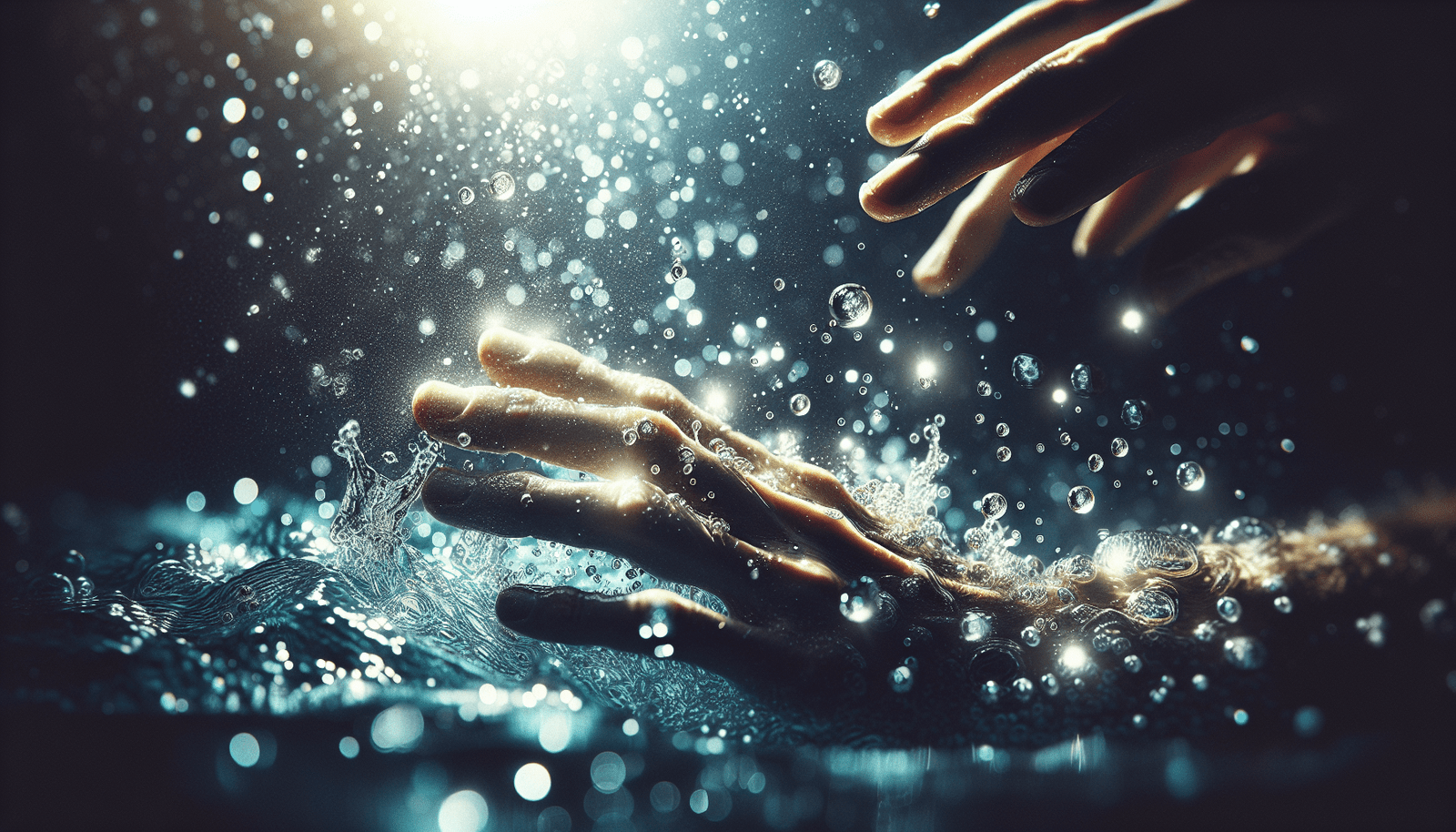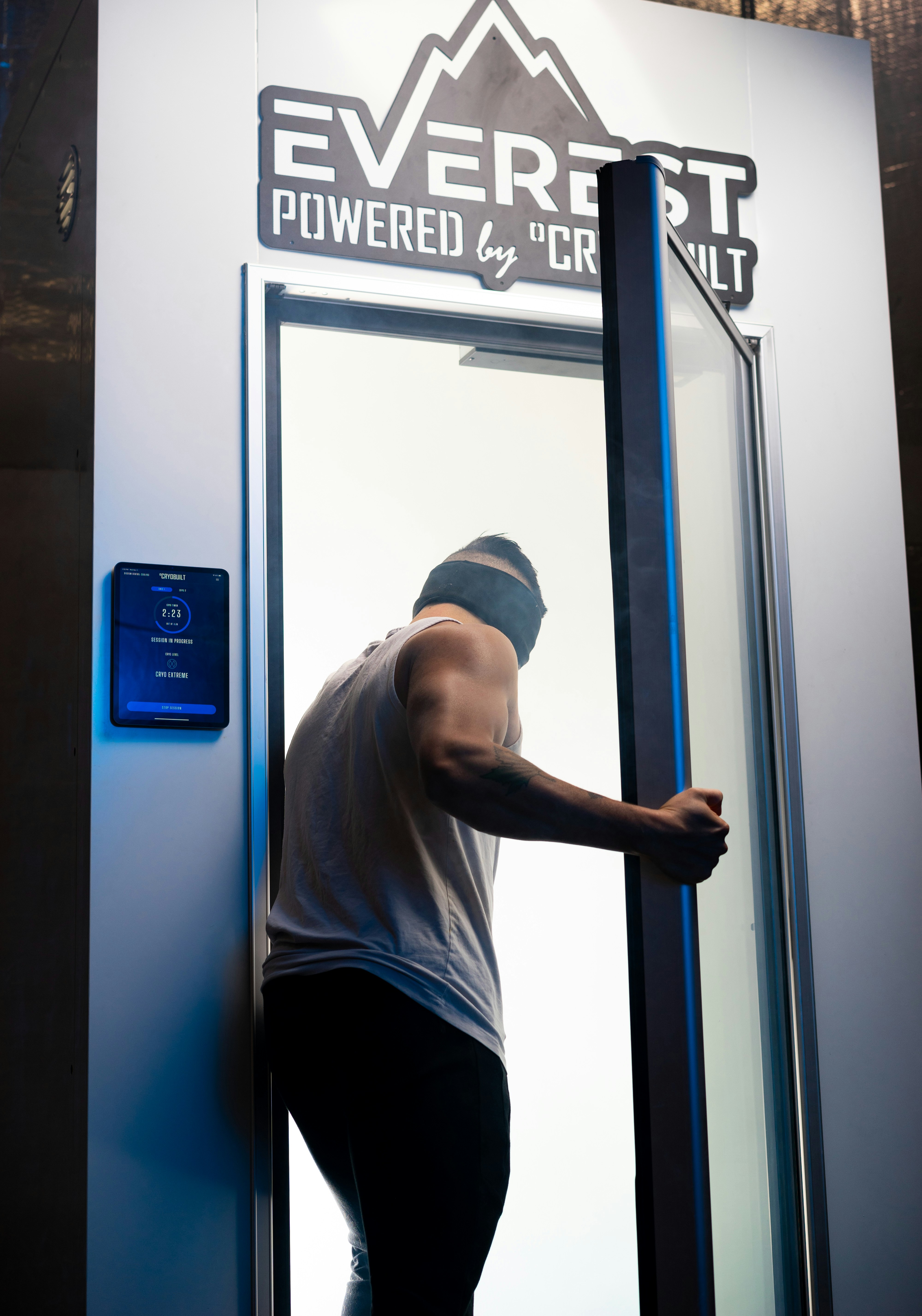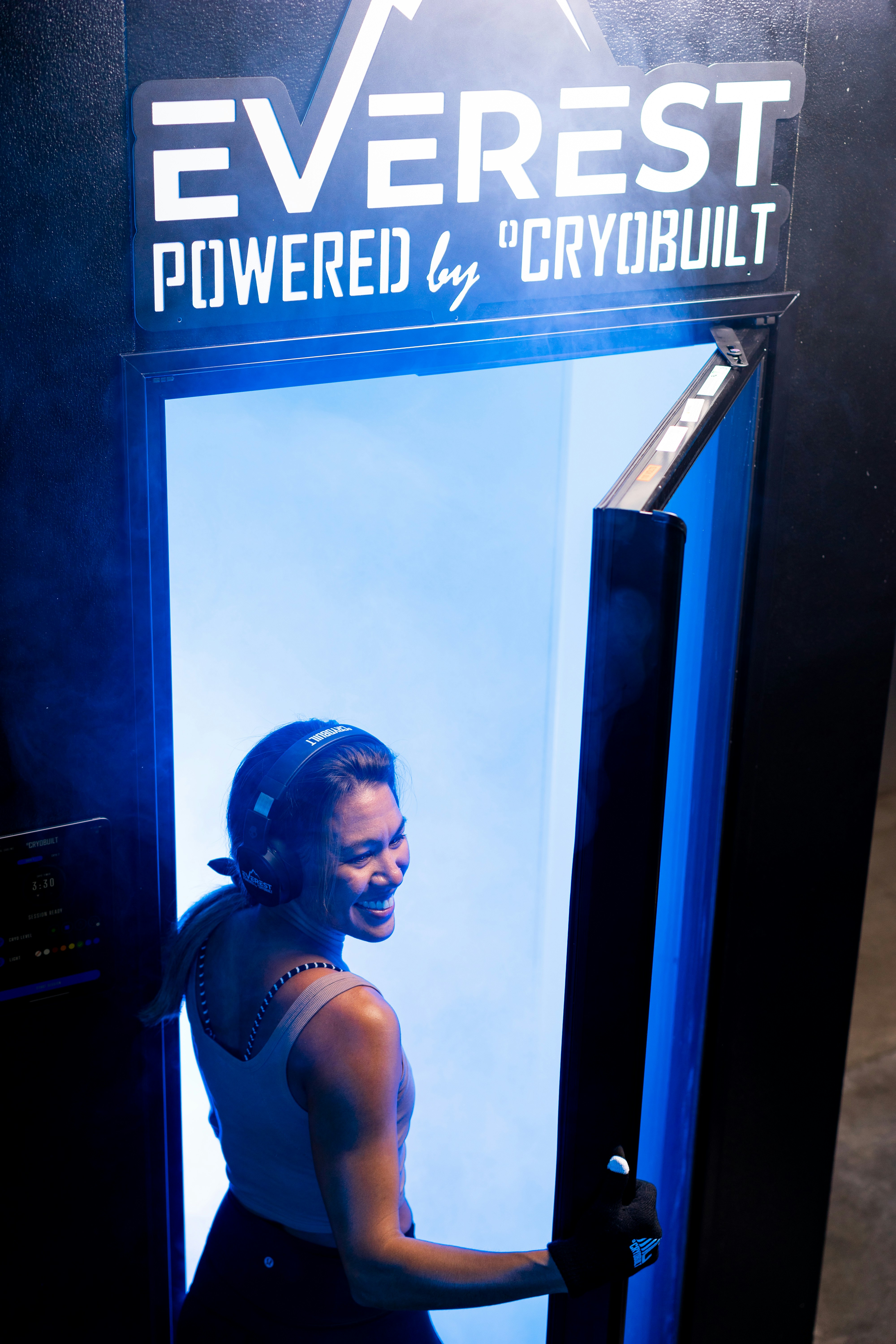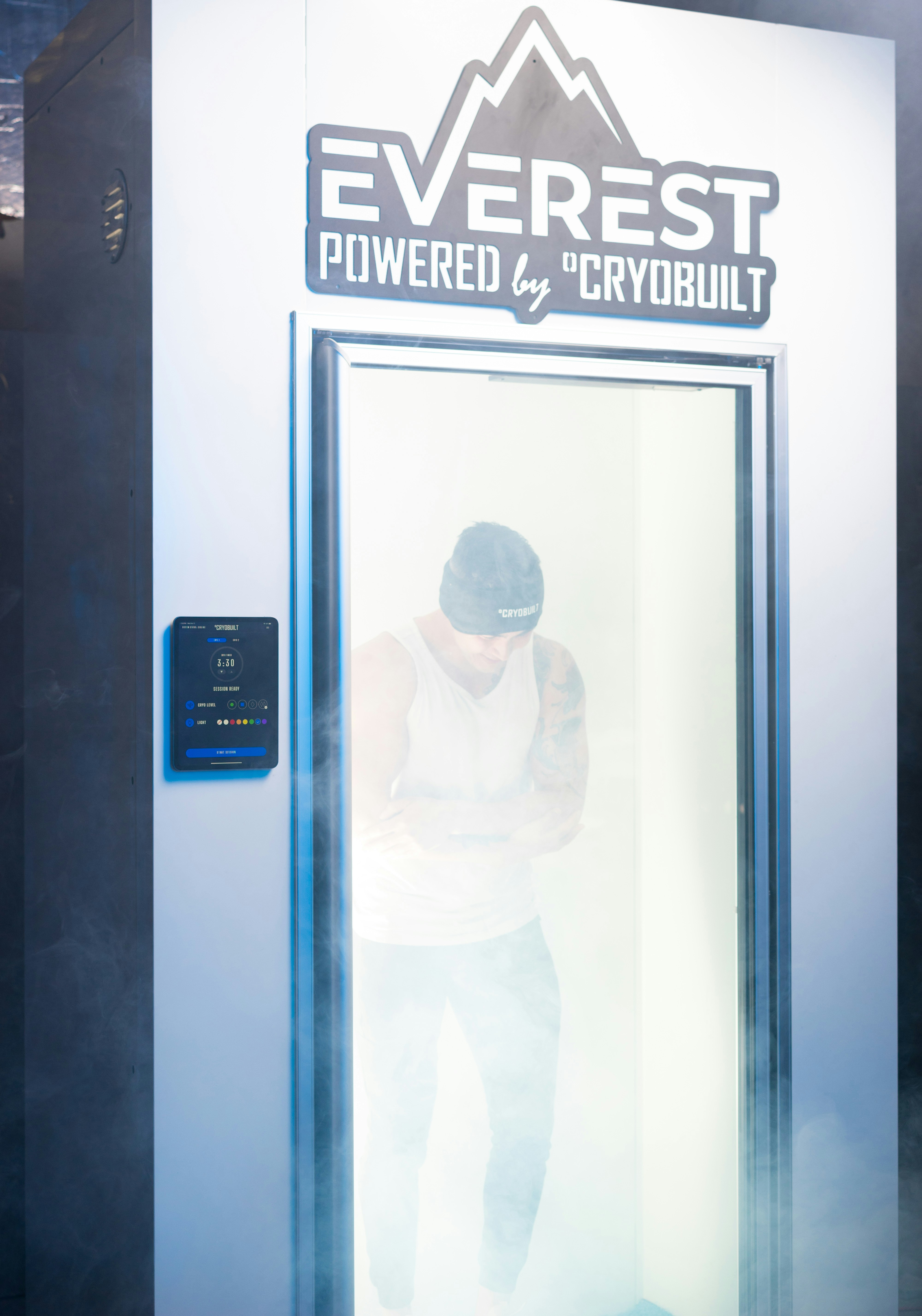Have you ever pondered over the connection between cold plunges and the health of your skin? This might seem like an unusual combination at first: immersing yourself in icy cold water to promote rejuvenation and youthfulness. However, for those of you curious about natural ways to enhance your skin’s vitality, this practice could unlock a fascinating surprise. Let’s unravel the mystery behind how cold plunges stimulate collagen production.
The Fascinating World of Collagen
Before we dig into the cold water effects, it’s crucial to understand collagen—a buzzword you likely hear often in skincare discussions. Collagen is far more than just a trendy topic; it’s the most abundant protein in your body, acting as the building block for your skin, bones, muscles, tendons, and ligaments. Think of it as the framework that keeps your skin firm and resilient.
What Exactly is Collagen?
Collagen is a large protein that comprises long chains of amino acids. These chains bundle together to form collagen fibers, providing structure and elasticity to the skin and other connective tissues. There are around 28 different types of collagen found in the body, with Type I, II, and III being the most common.
The Role of Collagen in Skin Health
Your skin relies on collagen to maintain its firmness, suppleness, and elasticity. As you age, collagen production decreases naturally, leading to wrinkles and sagging skin. Environmental factors like UV exposure, smoking, and poor diet can further accelerate the reduction of this crucial protein. When collagen starts waning, your skin tends to show signs of aging—hence the ongoing quest for methods to boost collagen levels.
The Science Behind Cold Plunges
Have you ever heard of cold immersion therapy? That’s where cold plunges come in. Let’s explore what this entails and, more importantly, how it could potentially aid collagen synthesis.
What Are Cold Plunges?
Cold plunges, or cold water immersion, involve immersing yourself in water significantly below body temperature, often close to freezing. It may sound daunting, but this ancient practice has been harnessed for its therapeutic effects for centuries. From the cryotherapy tanks in luxurious wellness centers to the icy waters of Nordic traditions, cold plunges are gaining widespread acclaim for various health benefits.
How Cold Plunges Affect the Body
When you immerse yourself in frigid water, your body undergoes a series of physiological responses. Initially, there’s a shock response characterized by rapid breathing and increased heart rate. Over time, the exposure can enhance circulation, reduce inflammation, improve mood, boost immunity, and, importantly for this discussion, potentially stimulate collagen production.
Cold Plunges Stimulating Collagen: How Does It Work?
It’s easy to wonder how simply sitting in cold water might influence collagen. Well, the connection involves a mix of biological responses and science-led insights. Cold plunges impact your skin and body in ways that might encourage collagen synthesis.
Improved Circulation
One significant advantage of cold plunges is enhanced circulation. When you’re in cold water, your blood vessels constrict, causing your blood to rush toward your core to preserve body heat. This process, known as vasoconstriction, pulls blood away from the surface of your skin, reducing inflammation. Once you step out of the cold, your vessels dilate, leading to a burst of oxygen-rich blood rushing back to your skin and extremities. This increased blood flow encourages delivery of nutrients and oxygen, potentially supporting collagen production processes.
Reduced Inflammation
Cold exposure has anti-inflammatory effects. By reducing inflammation, your body may be in a better state to repair tissues and maintain the health and structure of your skin. This could translate into better conditions for collagen synthesis, creating an environment where your body can utilize amino acids effectively for collagen building.
Hormonal Response and Stress Reduction
Exposure to cold plunges can cause your body to release certain hormones and neurotransmitters, like norepinephrine and endorphins. These natural chemicals can lead to stress reduction and mood enhancement. Lower stress levels are associated with healthier skin structures and improved collagen integrity, as stress can accelerate collagen breakdown over time.
Cold Showers vs. Cold Plunges: Are They the Same?
You might wonder whether the brisk chill of a cold shower could offer similar benefits to a cold plunge. While both involve exposure to cold water, there are potential differences in their effects on collagen and skin.
Intensity and Duration
Cold showers typically aren’t as intense or prolonged as cold plunges. Immersing your body entirely in cold water may provoke a more efficient physiological response necessary for boosting circulation and potentially stimulating collagen.
Immersion and Contact
Cold plunges ensure comprehensive contact with cold water, meaning every part of your skin reaps the potential benefits. Meanwhile, a cold shower may not maintain this efficacy, especially if some parts of your body remain warm or dry during the rinse.
Personal Preference & Accessibility
Cold showers might be more accessible and bearable for some individuals, offering a less intimidating way to experience the perks of cold exposure. Yet, if you’re seeking a more powerful effect on circulation and collagen stimulus, full immersion might be worth the brief discomfort.
How to Incorporate Cold Plunges Safely
If you’re considering stepping into the chill, it’s essential to do so safely. Here are some friendly steps and tips for diving into cold plunges without the shivers turning into risks.
Start Gradually
If you’re new to cold water exposure, shorten your initial immersion time and slowly increase it as you become more comfortable. Starting with moderately cold water and gradually lowering the temperature can also help ease the adaptation process.
Listen to Your Body
Pay attention to how your body responds to the cold. It’s normal to feel a sudden shock, but if you start to shiver uncontrollably or feel uncomfortable, it’s wise to step out and warm up. Remember, your safety and well-being come first.
Set a Limit
Although benefits may grow with exposure, keeping plunges around 2-3 minutes can prevent overdoing it. Overexposure could negate the positive effects and lead to unnecessary strain on your body.
Ensure a Warming Routine
After a cold plunge, you should engage in a nice warming routine or simply towel off and put on warm clothes to restore your body’s temperature balance. A soothing hot beverage could also be a delightful part of this ritual.
Caution for Those with Medical Conditions
Individuals with cardiovascular issues, respiratory ailments, or other health conditions should consult a healthcare professional before trying cold plunges, as the sudden temperature shift can pose risks for certain individuals.
Additional Strategies to Boost Collagen Naturally
While cold plunges can be a unique and invigorating method to potentially enhance collagen, there are other natural strategies you can integrate into your lifestyle to support collagen production.
Nutritious Diet
Enrich your diet with foods high in vitamins and minerals that contribute to collagen synthesis. Vitamin C, for instance, plays an essential role in stabilizing collagen molecules, making citrus fruits, strawberries, and bell peppers excellent choices. Additionally, amino acid-rich foods like bone broth, chicken, fish, and eggs provide components essential for collagen building.
Proper Hydration
Water forms a substantial portion of your skin’s matrix, and staying properly hydrated can help in maintaining its structure and firmness. Make sure you’re drinking ample water throughout the day.
Limiting UV Exposure
Protecting your skin from UV radiation is vital. Excessive sun exposure damages collagen fibers, so applying sunscreen, wearing protective clothing, and seeking shade can preserve your skin’s health.
Avoiding Smoking
Smoking introduces toxins into your body that break down collagen. By avoiding or quitting smoking, you protect and likely improve your skin’s structural integrity.
Adequate Sleep
Quality and restorative sleep is the time when your body repairs and regenerates, which could include collagen production. Strive for 7-9 hours of restful sleep consisting of regular sleep cycles.

The Verdict on Cold Plunges and Collagen
So, do cold plunges truly stimulate collagen production? While scientific studies specifically focusing on cold plunges and collagen synthesis in humans are limited, anecdotal evidence and a reasonable understanding of underlying biological processes suggest it could be a promising modality.
If you’re drawn to experimenting with cold plunges for their potential benefits on collagen and overall wellness, integrating them thoughtfully alongside other healthy lifestyle habits may amplify their effects. Ultimately, your skin’s health weaves a complex tapestry of diet, environment, lifestyle, and genetic factors—cold plunges can be a strand in this intricate design, potentially enhancing your skin’s vitality and resilience.
In discovering the interplay between chilly immersions and collagen, you’re invited to a refreshing journey of exploring how simple natural practices might hold keys to a healthier, more rejuvenated you. Whether you gently ease into a cold morning shower or brace the icy depths of a plunge pool, you might just find unexpected allure in the chill, and your skin may thank you for it!




